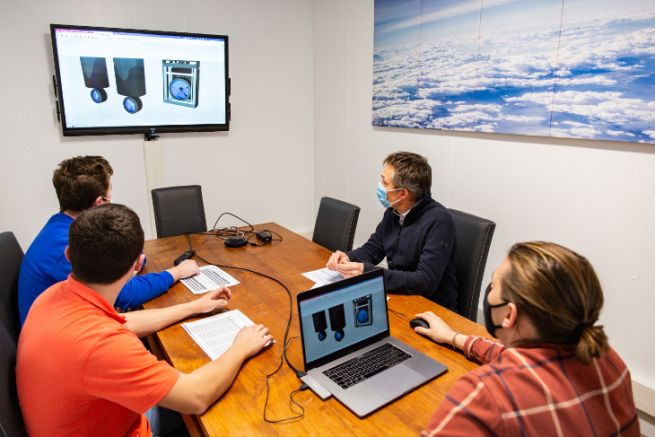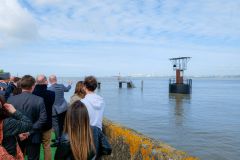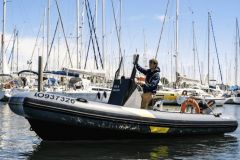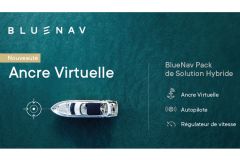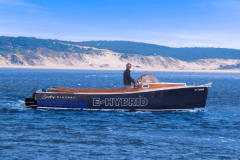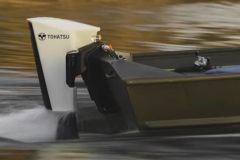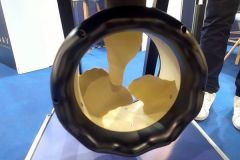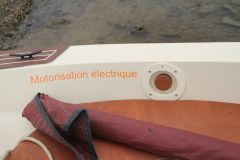From marine electronics to electric boats
Since 2016, Thomas Frouin founded with his father the company E-Nautic. Based in the Arcachon basin, the company works in the field of electronics and marine electricity. "We have always been interested in technological solutions and have participated in the installation of about ten electric boats. Each time, 2 subjects emerged. We had to go abroad to find an electric motor with the problem of having to provide instructions and support entirely in English, which is problematic with small shipyards that are not always at ease in the language. And on the other hand, all prospects often remained sceptical and worried about the question of autonomy. So we thought, why not launch our own hybrid engines in France? This avoids the problem of autonomy. That's how we launched BlueNav in 2020" says the entrepreneur.
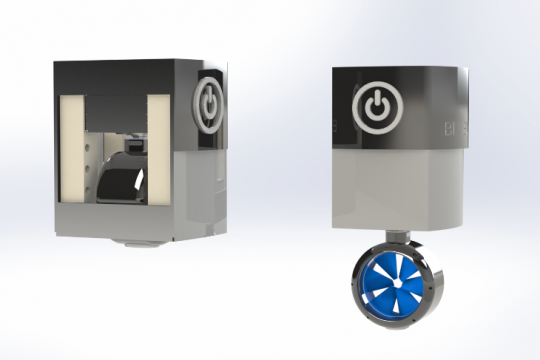
Electric motors mounted on the transom
For its engine solution, which it describes as a hybrid, BlueNav proposes to add an electric motor with a separate propeller to the conventional combustion system. The "BlueSpin" is a so-called "rim-drive" system with magnet, without shaft. Fixed on a rail on the transom, it goes up when the boat is using its combustion engine. "For the range of boats targeted and the usual battery capacities, we obtain speeds of around 7 to 8 knots with a range of 5 to 7 hours", says Thomas Frouin.
BlueNav has signed a partnership with a Dutch company for supply. The assembly of the engines is done in the premises of the Arcachon basin. "Everything is tested here. We have a swimming pool corridor to check the correct operation" adds the co-founder of BlueNav.
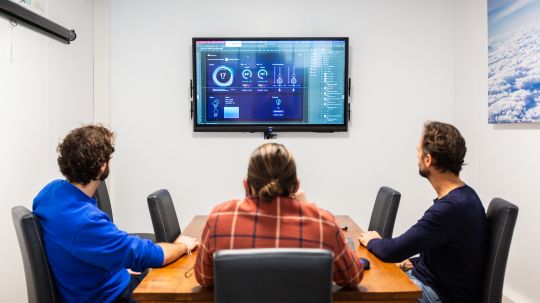
Developing sales to shipyards
At the beginning of 2021, BlueNav moved into its new 700 m² premises in Arcachon, combining offices and workshop. The company employs about fifteen people. "The order book is full for 2021. With 6 engines that will run all summer long, this will enable us to demonstrate the reliability of our engines to professionals and to develop a network of dealers and installers in navigation areas suitable for electric power. We are entering the market with premium boats of 10 to 15 metres, as this still represents around 10% of the price of the boat today. We see this as a first step before moving on to 100% electric when we have more autonomy," concludes Thomas Frouin.
